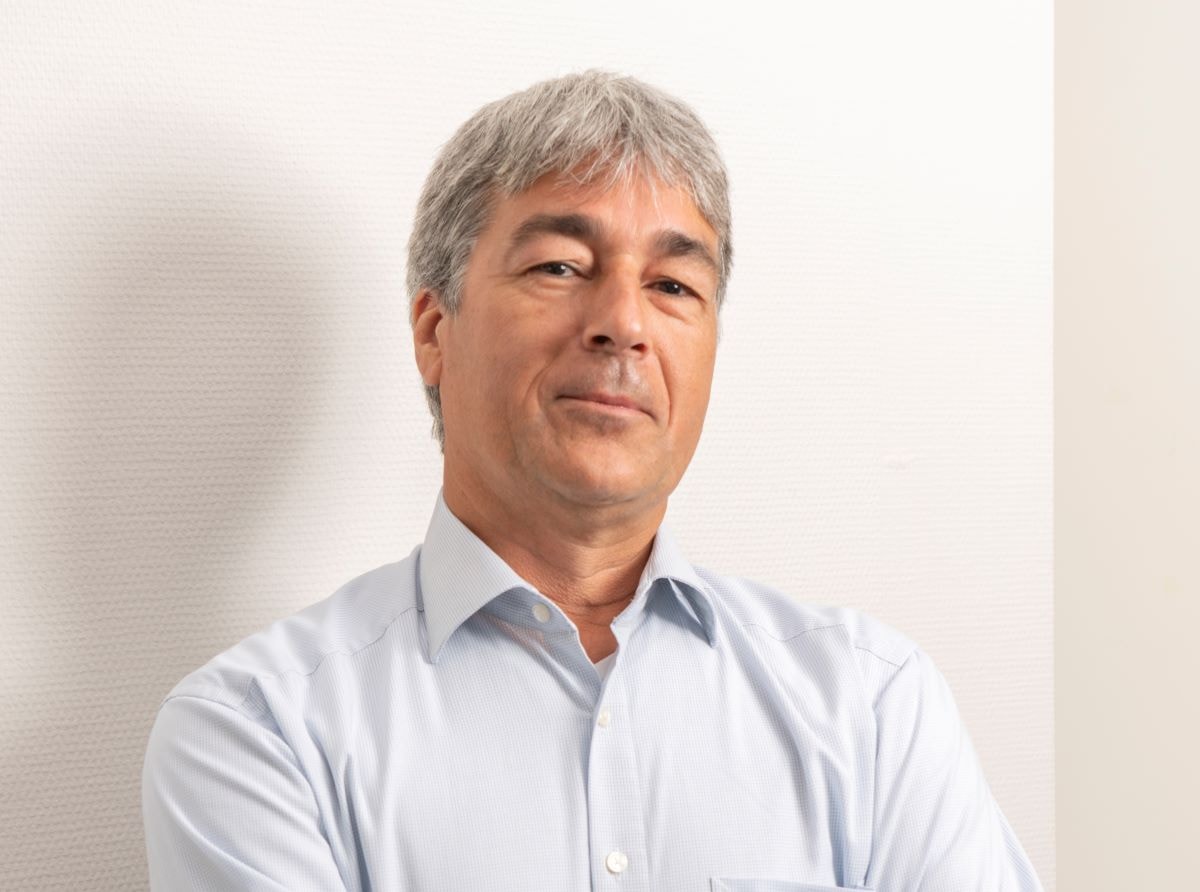Good prospects for Hungarian coronavirus drug
EnglishThe protein-based medicine developed by Hungarian researchers inhibits the infectivity of the new coronavirus more effectively than any other product tested in Hungary so far - Növekedés.hu was informed by Imre Kacskovics, Head of the Drug Development Consortium working under the auspices of the Ministry of Innovation and Technology, Dean of the Faculty of Science and Head of the Department of Immunology at Eötvös Loránd University.
It was almost four months ago that a consortium was set up to develop a Hungarian medicine for the treatment of Covid-19. What kind of active ingredient are we talking about exactly?
From the beginning, we have been considering an active ingredient that can both neutralize the virus and provide preventive protection at the same time, so that it is also suitable for passive immunization.
We have developed a two-component, protein-based product that can be perceived as a molecular trap because it binds to the spike protein with which the virus would bind to cells, making it incapable of doing so.
 It was disclosed earlier that the very first version of the product had been created at the Richter Pharmaceutical Company, which is part of the consortium, and that the substance proved to be suitable on the basis of tests performed by using chemical analytical methods. Have laboratory tests been performed yet?
It was disclosed earlier that the very first version of the product had been created at the Richter Pharmaceutical Company, which is part of the consortium, and that the substance proved to be suitable on the basis of tests performed by using chemical analytical methods. Have laboratory tests been performed yet?
Indeed, as a first step we proved in so-called chemical systems, i.e. in test tubes, that the agent effectively binds the spike proteins of the virus.
In recent weeks, we have tested the effectiveness of the drug in animal cell cultures. These tests were already performed in the containment laboratory of the University of Pécs, led by Ferenc Jakab, because during the tests, cell cultures were infected with coronavirus to see how the drug affected them. After two to three days, in the cell cultures which were infected with coronavirus smaller or larger holes were formed, which indicated cell death.
However, if the drug that we developed was mixed with the virus and then poured on the cell surface, the virus was not able to infect the cells. This means that our active ingredient can completely neutralize the virus particles so that they cannot cause any damage to the cell culture. According to Professor Jakab's research, of all the drugs they tested, this protein is the most effective in inhibiting the infectivity of the virus. This is a huge result, as they have already tested more than 400 active ingredients in the laboratory in Pécs.
What is the next step in order to turn the active ingredient into a medicine?
The active ingredient will be tested in animals in the coming months. At the same time, we have started to prepare the necessary procedures for the European authorization and the clinical tests.
When can these start?
That's hard to say.
Our conservative estimate is that clinical tests can start in late 2021, early 2022 at the earliest.
In what form will it be administered? Pills, infusion, injection?
According to our plan, it will be administered intravenously or by subcutaneous injection.
Once in the bloodstream, it also appears in lung tissues, and even enters the air sacs of the lungs. It arrives at the exact area where the coronavirus enters after infection, thus preventing the virus from infecting the cells.
How do you know this if you haven't had any animal tests yet?
We know it because drug research is also taking place elsewhere in the world with this ingredient combination; and a research team from the United States reported the other day that the same phenomenon had been detected in experiments with mice.
You said that you hope the drug could be suitable not only for treating virus infections but also for passive immunization. What does that mean?
That the active ingredient may remain in the body for up to two to three months, and during this time it will prevent infection and that any viruses that may multiply in the cells will infect additional cells.
If the active substance wears off, can the drug be administered again? And if so, can it be done again and again?
As far as we know at the moment, the answer to both questions is yes. The molecule to be developed is not only double-acting, i.e. suitable both for prevention and treatment, but also consists of two components, i.e. it is a fusion protein. One component is the protein (ACE2) through which the virus can bind to the human body, and the other is an immunoglobulin, a component of the antibody. Because both are well-known and safe to use, the medicine may continue to be needed after a vaccine against Covid-19 has been developed, because similarly to other vaccines, not everybody will be able to get the coronavirus vaccine, mainly because of other diseases.
If this active ingredient is also being developed in other countries, does that mean that it can't be patented?
Our original goal was to produce an effective medicine as quickly as possible, and we didn’t deal with that issue. Now, however, although the original purpose is still in focus, researchers at ELTE and Richter are already working on new versions that can make this medicine more effective and, at the same time, suitable to be patented, which would bring long-term success for the pharmaceutical industry.
